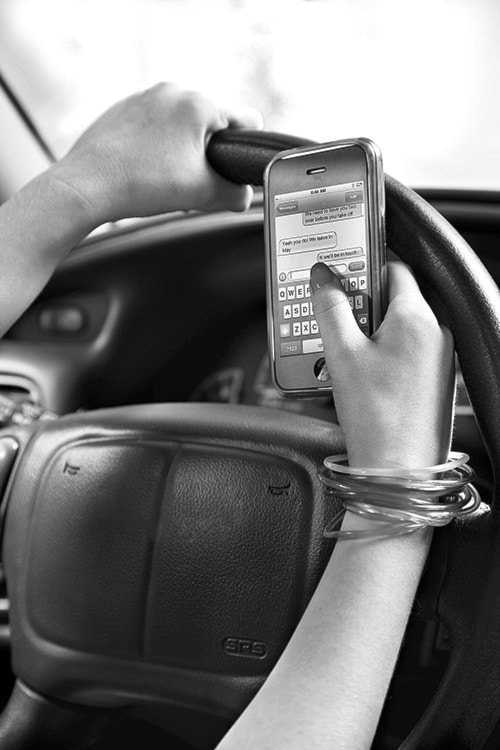OTTAWA, Dec. 28, 2016 /CNW/ - One third (33 per cent) of Canadians admit they have texted while stopped at a red light in the last month, says a poll released today by the Canadian Automobile Association (CAA). For British Columbians, 26 per cent come clean and say they’ve texted at a red light.
That is despite evidence that your mind could still be distracted and not on the task of driving for up to 27 seconds after interacting with your phone – which lasts longer than the time it takes to drive through an intersection. The gap in attention after a driver switches their focus from texting back to driving means as people drive through an intersection, they’re still not yet completely focused on the task of driving.
“Texting at a red light is a dangerous habit and these numbers are troubling,” says Jeff Walker, vice-president of public affairs for CAA National. “The distraction effect of texting at a red light lingers well after the light turns green and a driver begins moving into the intersection where vehicle and pedestrian traffic are happening in all directions.”
And while nearly 70 per cent of Canadians believe using their phone at a red light is unacceptable, this has not stopped people from doing it.
“It’s socially unacceptable to drive drunk, and that’s where we need to get with texting,” says Walker. “Attitudes are beginning to shift, but our actions need to follow and drivers waiting to text when they’re stopped at a red light still isn’t good enough to ensure everyone’s safety.”
To learn more about common distractions and how to avoid them, view some surprising statistics on distracted driving, and play CAA’s latest mobile game – TXT U L8R, visit www.caa.ca/distracted-driving.
Findings are based on a CAA poll of 2,012 Canadians. A probability sample of the same size would yield a margin of error of +/-2.2%, 19 times out of 20. Details on cognitive distraction can be found in the AAA Foundation’s recent study Measuring Cognitive Distraction in the Automobile III.
CAA is a federation of nine Clubs providing over six million Members with exceptional emergency roadside service, complete automotive and travel services, member savings and comprehensive insurance services. CAA also advocates on issues of concern to its members, including road safety, the environment, mobility, infrastructure and consumer protection.
SOURCE: Canadian Automobile Association
